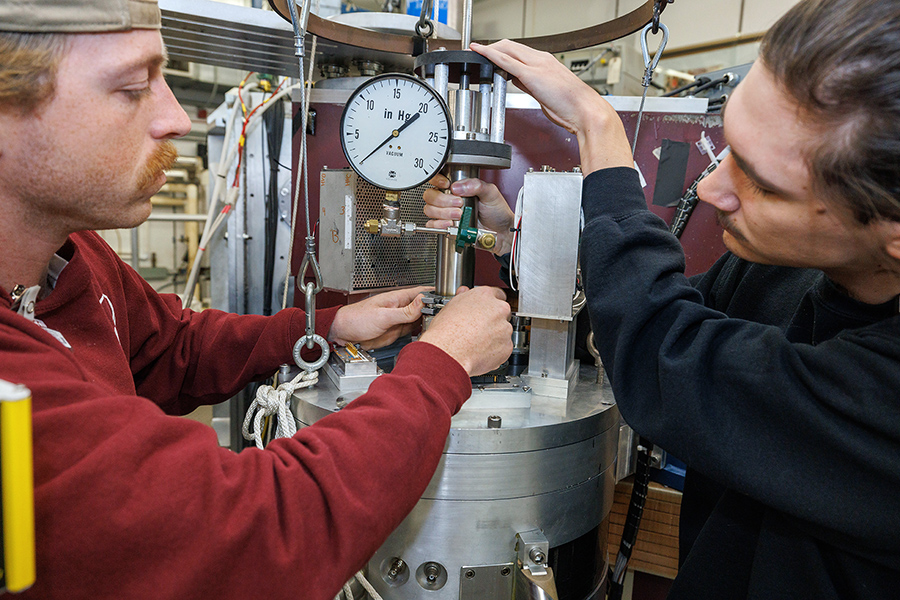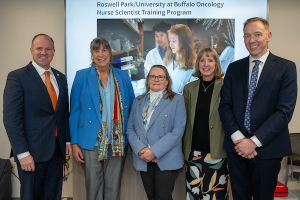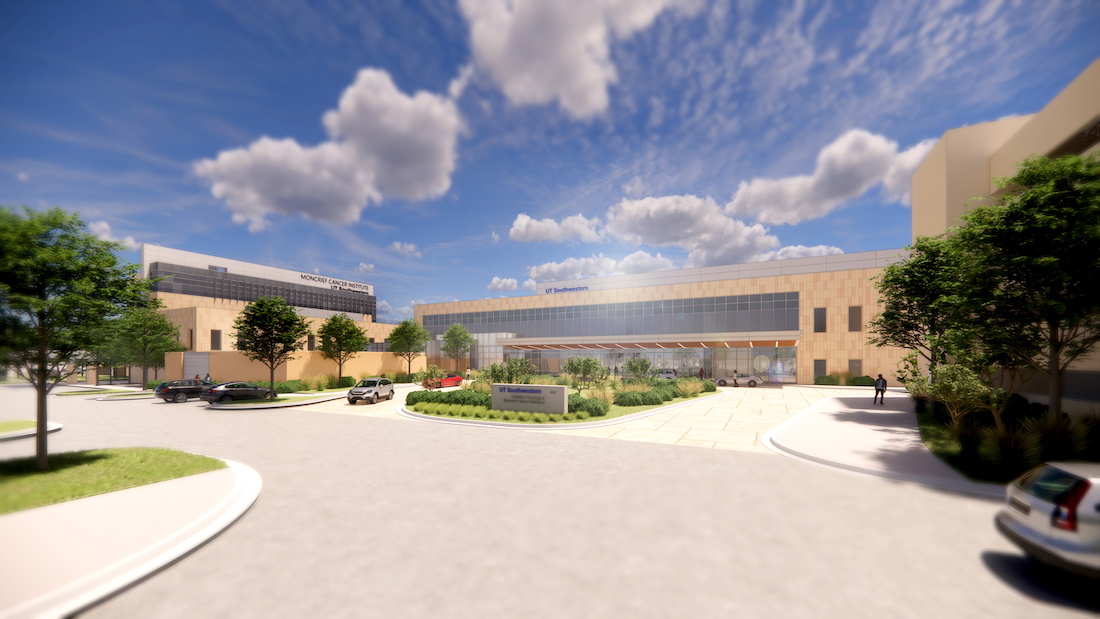“Just as we have cured disease and innovated new standards of care over the decades, we have also steadfastly worked to address social determinants of health and the root causes of health inequities,” said Cliff Megerian, MD, FACS, UH Chief Executive Officer, and Jane and Henry Meyer Chief Executive Officer Distinguished Chair. “We asked ourselves, what can we do differently so we have the ability to grow investment in our mission and our community, and have a more meaningful impact where needs are greatest, while at the same time, advancing our focus on health equity.”
According to UH Chief Government & Community Relations Officer, Heidi Gartland, the health system continues to build on its 156-year legacy by ensuring its investments align with UH’s values and priority needs via Community Health Needs Assessments, and leveraging its more than 30,000 caregivers to work as a team to make a larger impact in the areas it serves. These initial steps sparked the development of a strategy that leverages three pillars and focuses on five areas.
Gartland explained, “The first pillar, anchor and social venture investment, allows us to make a large-scale impact designed to improve community conditions and address social determinants of health. The second pillar, social service investment, gives us the opportunity to partner with organizations outside of UH to engage with our patients and community members. The third pillar, regional community health, helps us provide various programming for health and wellness where our community hospitals and ambulatory centers are located.”
She emphasized that the five focus areas include workforce development, anchor strategies, well-being and safety, food security, and maternal and child health.
UH follows Internal Revenue Service guidelines to determine allowable community benefit contribution. UH’s total community benefit spending includes: Medicaid operating loss of ($279 million); Education and training ($104 million); Research ($65 million); Charity care ($50 million); and community health improvement services, programs and support ($33 million).
UH’s Medicaid operating loss, also called “shortfall,” is a result of Medicaid reimbursement that does not cover the cost of care provided to those enrolled in the Medicaid program. UH underwrote this loss, reflecting its commitment to community health for all patients UH serves, regardless of their insurance coverage. UH has invested in Cleveland neighborhoods where coverage is primarily Medicaid and self-pay. For example, UH Rainbow Babies & Children’s Ahuja Center for Women & Children in MidTown, UH Otis Moss, Jr. Health Center in Fairfax, and a new development called The Davis in Glenville, are place-based investments UH made to bring about meaningful change in the lives of the community members by not only offering health care, but engaging with them to design the services needed most — such as workforce development and other social support programming.
In terms of education and training, UH strives to inspire people to pursue careers in health care. Approximately 1,200 physician residents and fellows, along with thousands of nurses and other caregivers, train at UH every year. As an anchor health care institution on the forefront of research, UH serves the community by engaging in and funding clinical research in conjunction with Case Western Reserve University School of Medicine and private-sector health companies. Charity care refers to the ways in which UH always provides care to patients, regardless of their ability to pay. Lastly, community health improvement refers to how UH provides outreach programs such as no-cost health screenings and health care resources.
These are some of the key efforts highlighted in UH’s 2021 Community Benefit Report:
• Mission-Related Investing: Lead Safe Cleveland: As part of its Community Health Investment Strategy to improve community conditions and population health, UH committed $1.2 million to the Lead Safe Cleveland Coalition, the public-private partnership that was formed to address and prevent lead exposure and poisoning.
• A Collaborative Effort to Improve Cardiovascular Health Equity: Research shows that a person’s socioeconomic status, education, geography and environmental factors–known collectively as social determinants of health–contribute significantly to heart disease in the U.S. This is especially true among Black people, whose rates of heart disease death are 30 percent higher than other groups. Supported by an $18.2 million grant from the National Institutes of Health, the endeavor “ACHIEVE GreatER” stands for Addressing Cardiometabolic Health Inequities by Early PreVEntion in the Great LakEs Region. The program aims to reduce cardiovascular complications and hospitalizations by improving blood pressure, lipids and glucose targets for Black patients at risk of heart health issues.
• Minority Faculty Career Development: The UH Minority Faculty Career Development Award was established in order to provide research funds to early-career faculty who are underrepresented in the field of medicine, and are working to develop an independent research project. The award is sponsored by the UH Research & Education Institute and the Office of Community Impact, Equity, Diversity and Inclusion, and supports research investigators with an opportunity for career advancement. Since its inception, there have been nine award recipients.
• Volunteer Time Off Program for Caregivers: The UH Volunteer Time Off (VTO) Program gives caregivers the chance to make a difference in the communities that UH serves outside of hospital walls. Caregivers are paid for a half-day to volunteer at designated non-profits. The program was announced in 2021 and kicked off in 2022, and within the first six months, 130 caregivers participated. Two noteworthy events kicked off the year. The Homeless Stand Down drew about 1,000 guests and 80 UH volunteers to First Energy Stadium, where guests received access to social service providers, medical screenings, personal hygiene kits, bus passes and meals. The second event drew about 50 volunteers from UH and other volunteers from across Northeast Ohio to Greater Cleveland Food Bank’s Emergency Food Box Distribution, a weekly event in the North Coast Municipal Parking Lot downtown that draws about 2,000 people in need.
• First Mobile Clinical Research Unit in Northeast Ohio: Ensuring diverse populations are represented in clinical trials means being proactive, and UH enhanced that effort with the launch of its Mobile Research Unit in October 2021. A customized 38-foot Winnebago was equipped with a range of medical equipment so it can travel to rural and under-resourced neighborhoods where residents may not have reliable transportation. The mobile unit is also used to educate people in Northeast Ohio about research trials, the need for diversity, and makes the idea of participating in one far less intimidating. In addition to providing clinical trial resources, the unit also provides services such as flu shots to patients who are unable to leave their homes or care facilities.
“UH is the ‘hometown’ provider of health care, which means safeguarding access to those who have been historically underserved,” said Dr. Megerian. “We take seriously our mission: To Heal. To Teach. To Discover and work diligently to ensure it applies to all who live in the areas we serve.”
View or download the complete 2021 Community Benefit report here: https://www.uhhospitals.org/about-uh/community-benefit.
###
About University Hospitals / Cleveland, Ohio
Founded in 1866, University Hospitals serves the needs of patients through an integrated network of more than 20 hospitals (including five joint ventures), more than 50 health centers and outpatient facilities, and over 200 physician offices in 16 counties throughout northern Ohio. The system’s flagship quaternary care, academic medical center, University Hospitals Cleveland Medical Center, is affiliated with Case Western Reserve University School of Medicine, Northeast Ohio Medical University, Oxford University and the Technion Israel Institute of Technology. The main campus also includes the UH Rainbow Babies & Children’s Hospital, ranked among the top children’s hospitals in the nation; UH MacDonald Women’s Hospital, Ohio’s only hospital for women; and UH Seidman Cancer Center, part of the NCI-designated Case Comprehensive Cancer Center. UH is home to some of the most prestigious clinical and research programs in the nation, with more than 3,000 active clinical trials and research studies underway. UH Cleveland Medical Center is perennially among the highest performers in national ranking surveys, including “America’s Best Hospitals” from U.S. News & World Report. UH is also home to 19 Clinical Care Delivery and Research Institutes. UH is one of the largest employers in Northeast Ohio with more than 30,000 employees. Follow UH on LinkedIn, Facebook and Twitter. For more information, visit UHhospitals.org.



